Additional notes (click to expand)
Other use
Notes by Henry Oakeley from Lindley's 'Flora Medica' (1838): These are plentiful in the garden, in flower in March, along the beds at the front of the College: they are cultivated hybrids of Helleborus orientalis. Lindley described the latter as being acrid and violently purgative and that the root ‘was formerly much celebrated [for use] in mania, epilepsy and dropsy’ and was still employed in the countries of the eastern Mediterranean. I suspect he thought it best avoided after his notes on the ill effects of H. niger.
Lindley, John. (1838). Flora Medica, Longman, Orme, Brown, Green & Longmans
Helleborus x hybridus Hort. Ex Vilmorin Ranunculaceae. A range of hybrids from Helleborus orientalis the Oriental hellebore. Distribution: Europe through to the Caucasus. All very poisonous. Culpeper (1650) says: “The roots (boiled in vinegar) ... be an admirable remedy against inveterate scabs, itch and leprosy, the same helps the toothache, being held in the mouth; dropped into the ears, helpeth deafness coming of melancholy and noises in the ears; corrected with a little cinnamon (as powder) it purgeth melancholy, resisteth madness.” The hellebores contain cardiac glycosides, that when eaten may cause the classical triad of coma, convulsions and death, but on the way causes vomiting and purging, and symptoms similar to those of digoxin poisoning with bradycardia and also bundle branch block, ventricular fibrillation and asystole. Used to be used to kill intestinal worms and presumably a dose just sufficient to kill the parasites was too small to kill the patient. It was used to kill lice but the sap causes dermatitis so, all in all, it is best avoided. Many other plants in the family Ranunculaceae, to which Helleborus belongs, contain numerous toxins. The name derives from the Greek, meaning ‘to injure + food’, and niger, meaning ‘black’ refers to the colour of the roots. (Note by Henry Oakeley)
Culpeper, Nicholas. (1650). A Physical Directory . London, Peter Cole.
Phytochemistry
Active principles: aerial parts: cardiac glycosides (bufadienolides), hellebrin, steroid saponins (helleborin),
ranunculoside, alkaloids (celliamine, sprintillamine
Wink, M. (2009). Mode of Action and toxicology of plant toxins and poisonous plants. Mitt. Julius Kuhn-Inst. 421:93-111. page 99
Toxicity
Class 1a: Extremely hazardous: cardiac glycosides inhibit Na+,K+-ATPase, cardiac glycoside intoxication, vomiting, gastroenteritis with violent diarrhoea, delirium, convulsions, arrhythmia, death by respiratory arrest, alkaloids have similar properties as veratrine and aconitine
Wink, M. (2009). Mode of Action and toxicology of plant toxins and poisonous plants. Mitt. Julius Kuhn-Inst. 421:93-111. page 99
Toxic due to cardiac glycosides
Professor Anthony Dayan, 2022
Helleborus x hybridus
Family: RANUNCULACEAEGenus: Helleborus
Species: hybridus
Common names: Lenten rose
Distribution summary: Garden origin
Habit: Perennial
Hardiness: H5 - Hardy; cold winter
Garden status: Currently grown
Garden location: Plants of the World (B), Plants of the World (C)
Flowering months: February, March, April
Reason for growing: Toxic
.JPG)
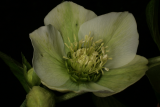
.JPG)
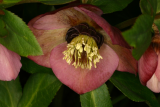

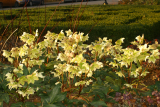
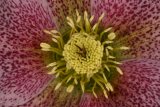
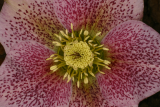
.JPG)
.jpg)
.JPG)
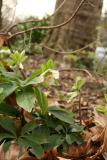
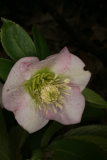
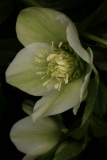

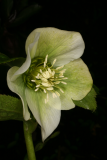
.JPG)
.JPG)
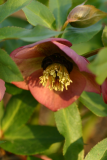
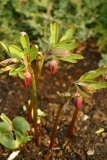

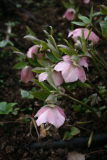
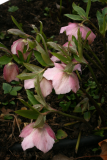
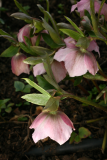
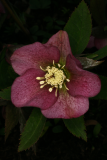
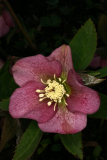
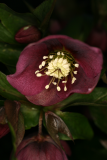
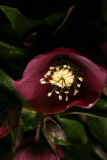
.JPG)